Statistics: Basic Concepts -
Mean, Median, and Mode

Statistics: Basic Concepts
Mean, Median, and Mode


/en/statistics-basic-concepts/frequency-polygons/content/
If you’re trying to identify patterns or trends in a data set, you can use the three measures of central tendency–mean, median, and mode. These values can help you to see which direction the information leans in, and you can draw inferences (or make conclusions) about your data.
Check out this video to learn more:
What are mean, median, and mode?
There are 15 children in a choir, and their ages vary greatly.
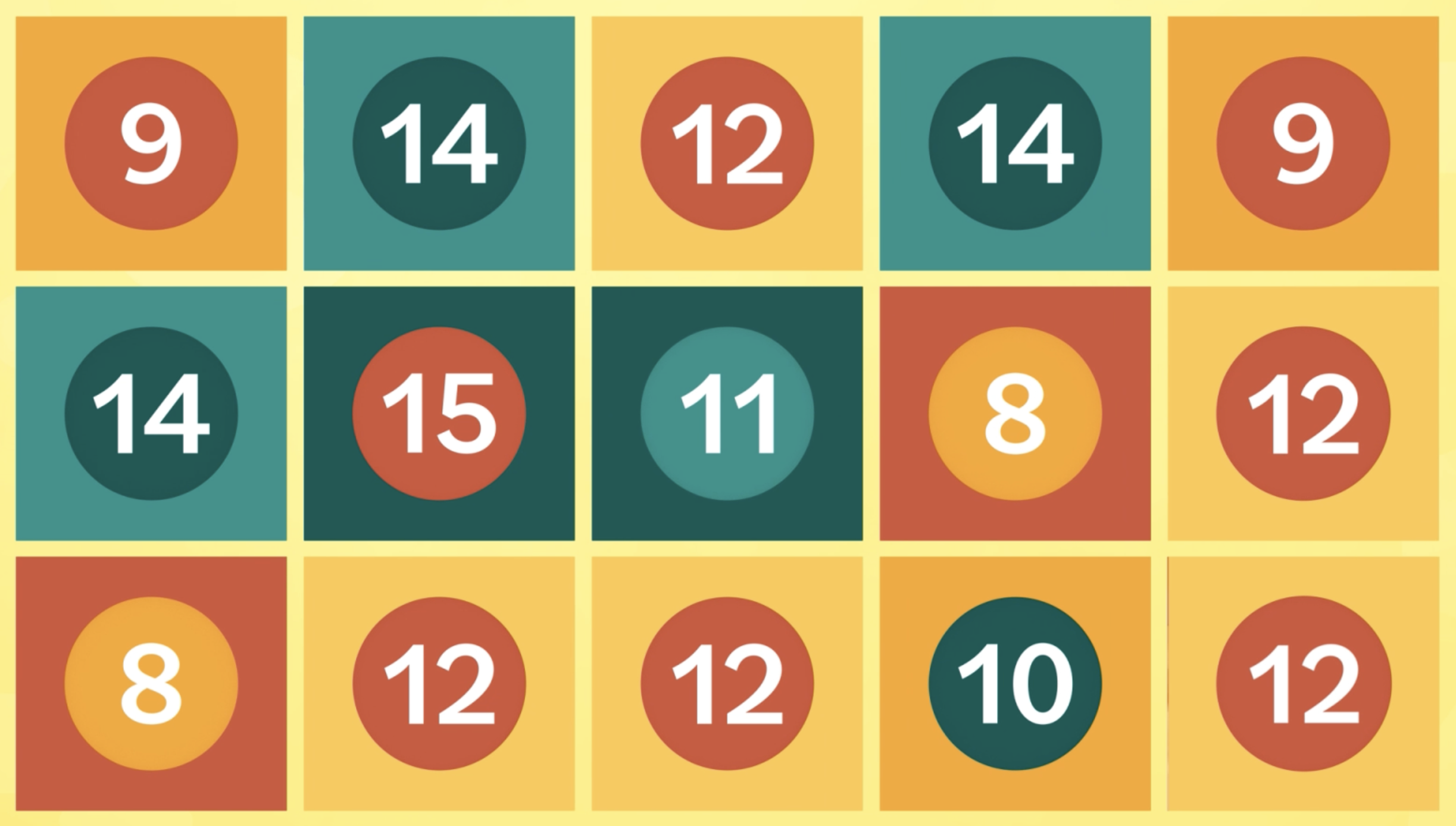
Let’s try to find the mean, median, and mode…
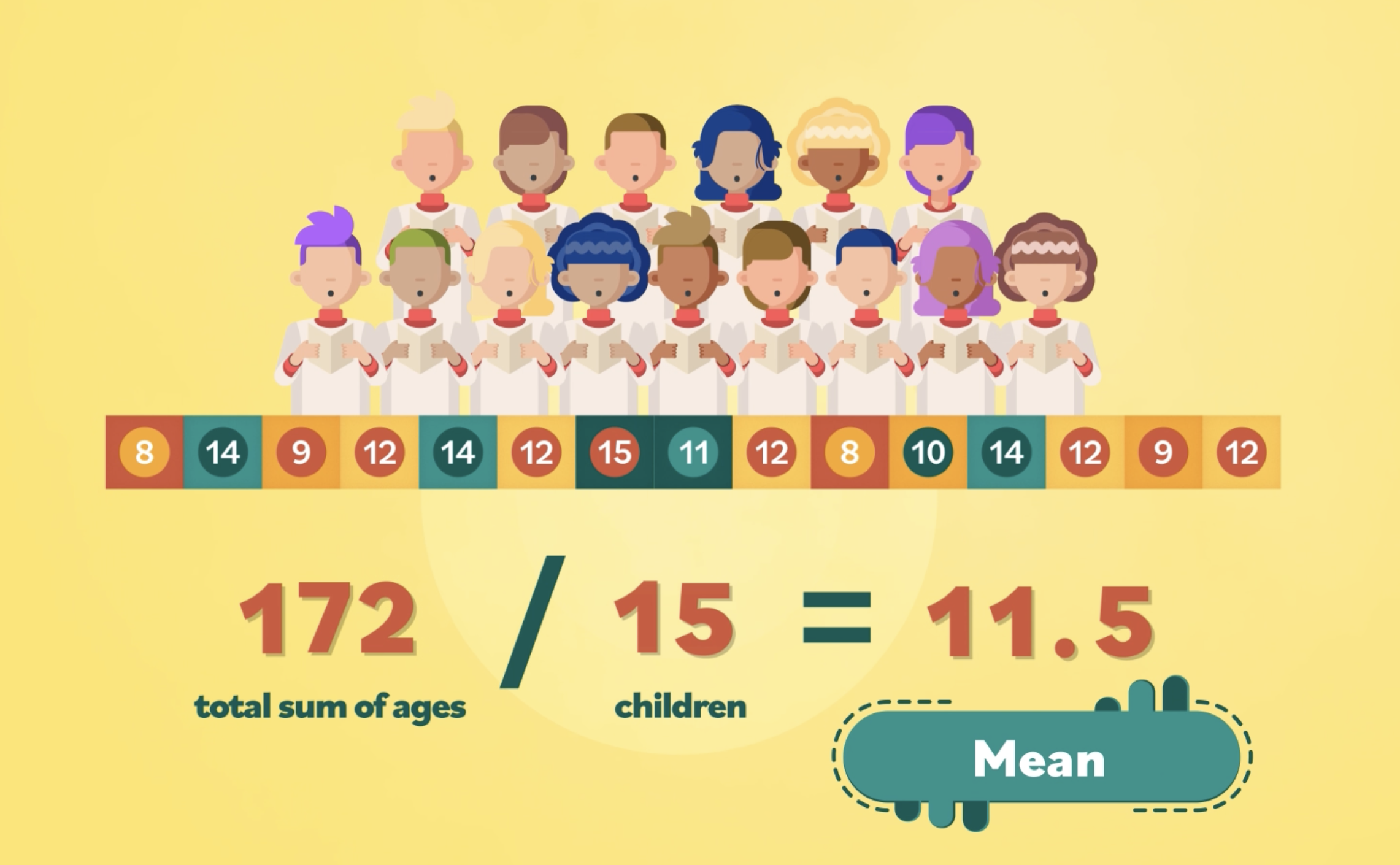
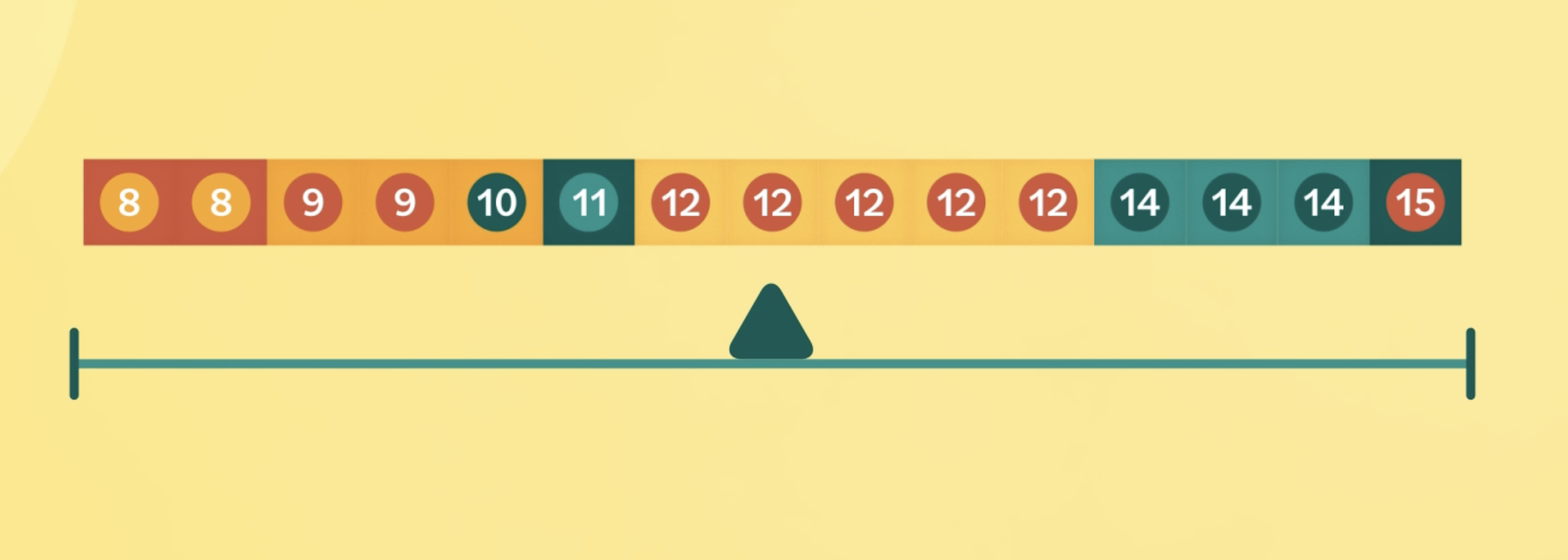
In this case, we can see that the median is 12.
If you have an even data set, then average the two middle numbers to find the median. It’s okay if you end up with a decimal.
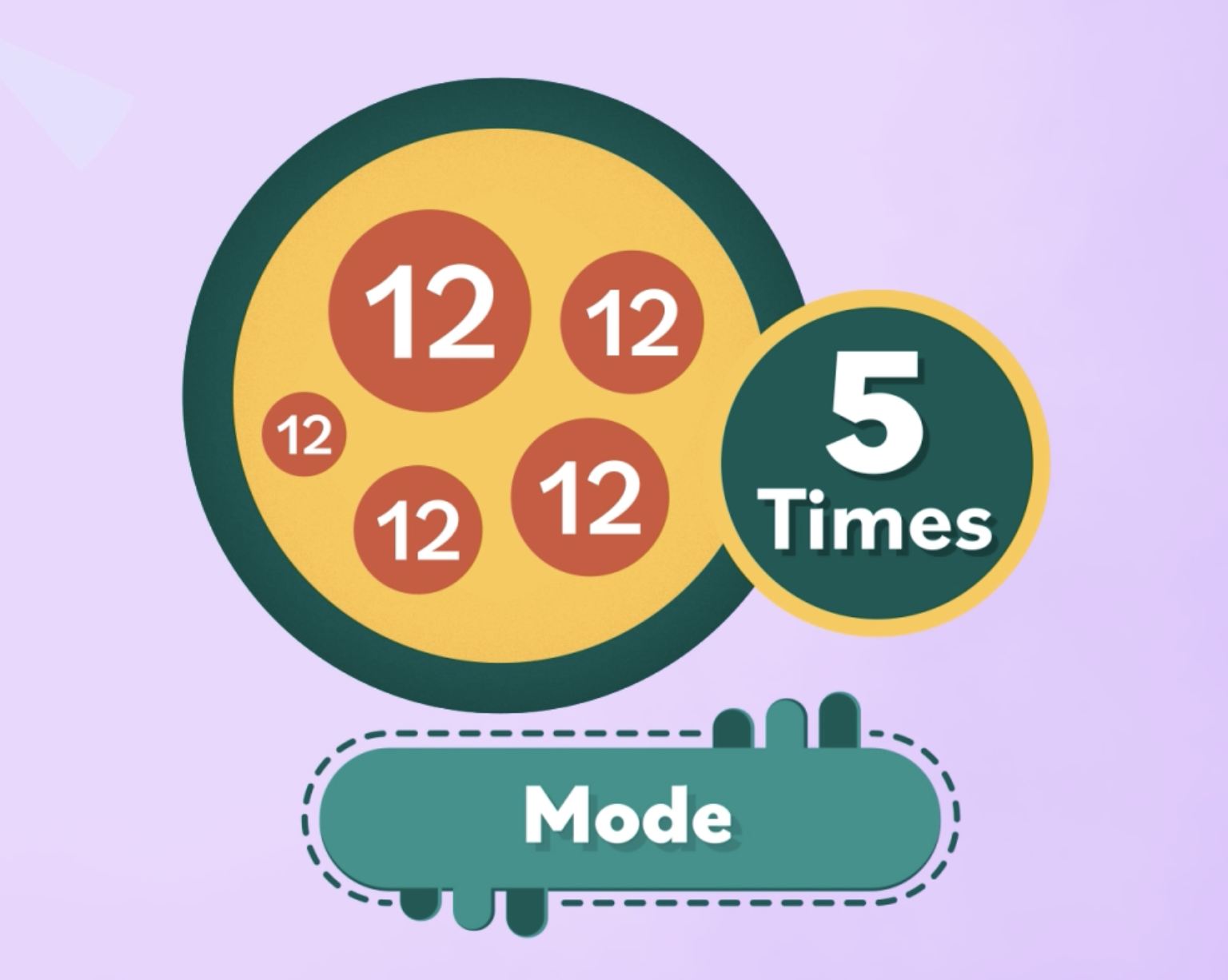
Remember: If you have two modes, or two values repeated an equal number of times, then you have a bimodal data set. (If you have more than two modes, this is called a multimodal data set).
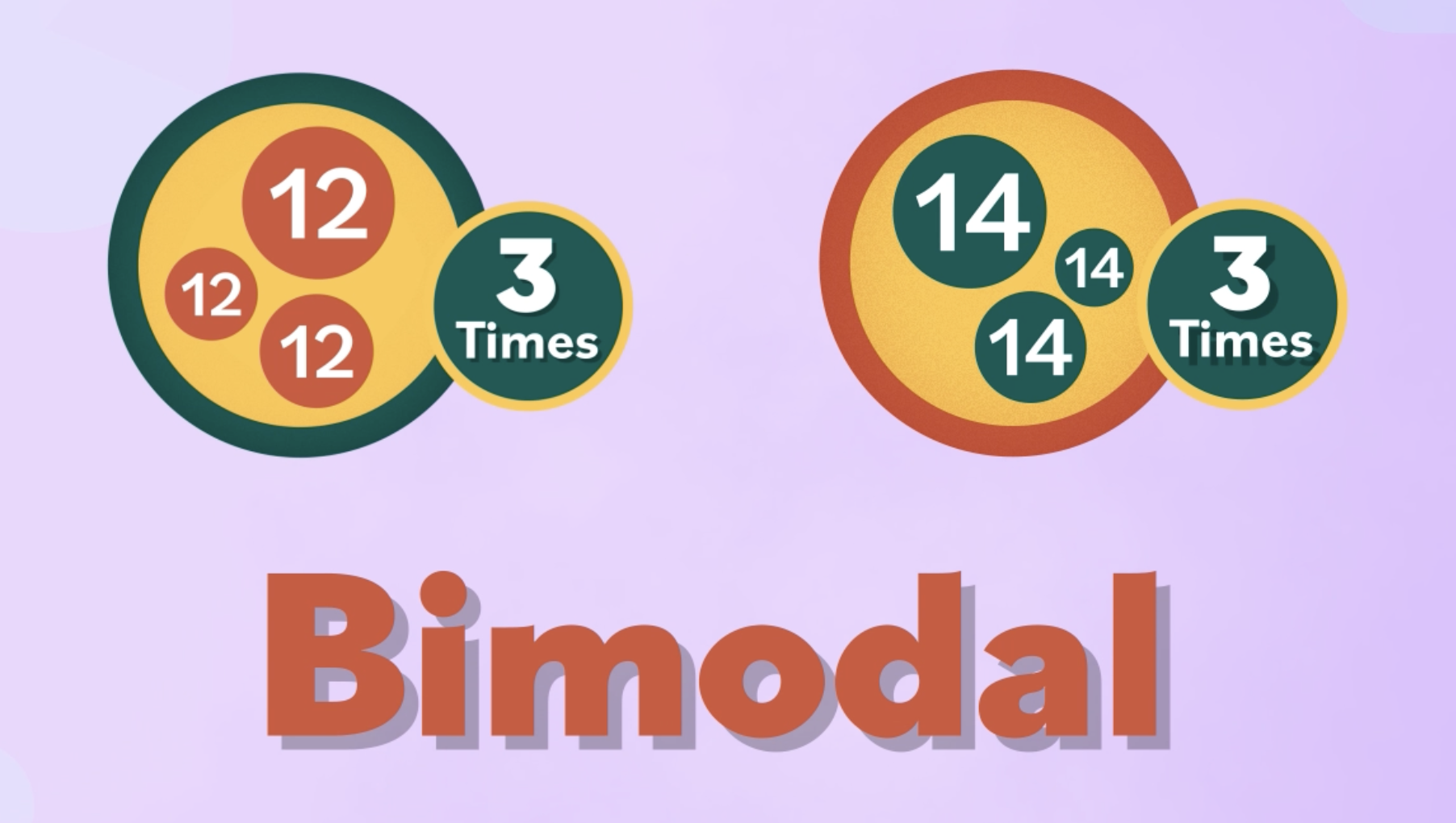
The three measures of central tendency provide different ways of summarizing and describing a set of data. In other words, they can help you to gain a more complete understanding of the data’s distribution.
Next up, we’ll learn about how to make a survey.
/en/statistics-basic-concepts/surveys/content/